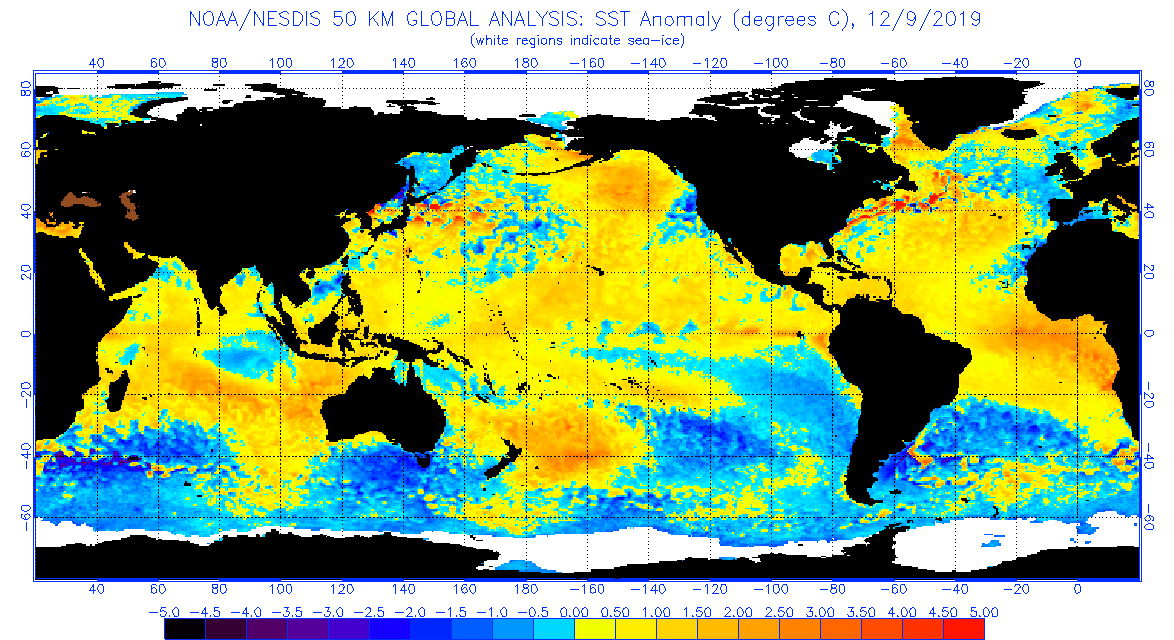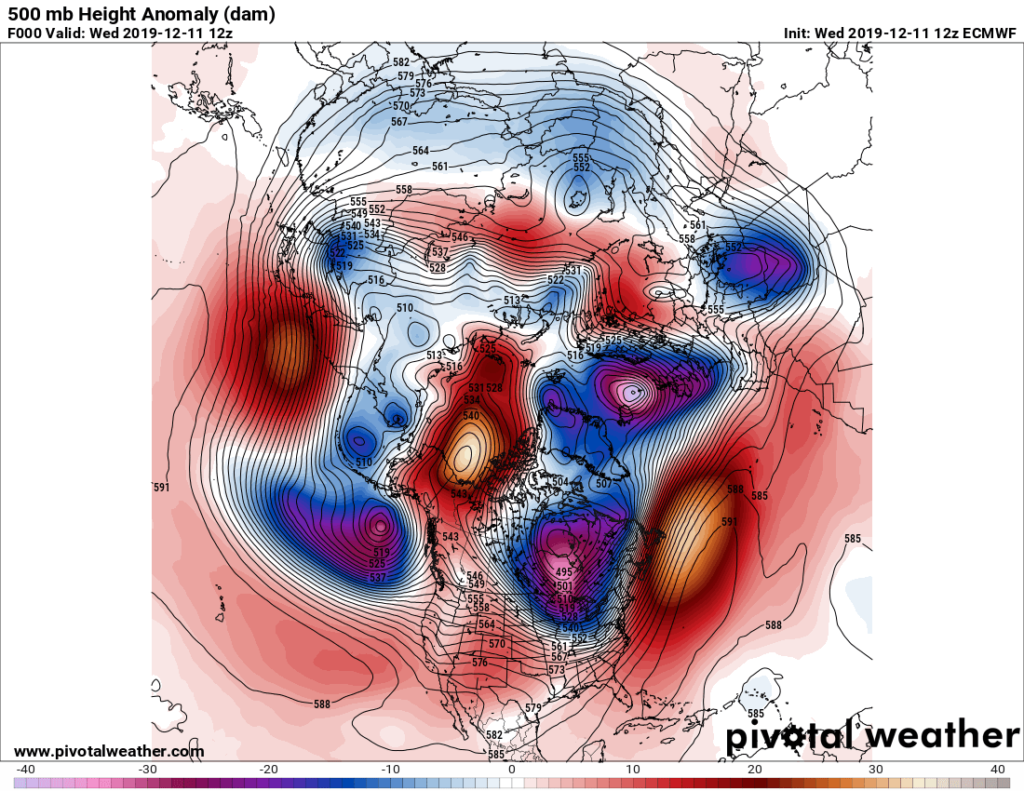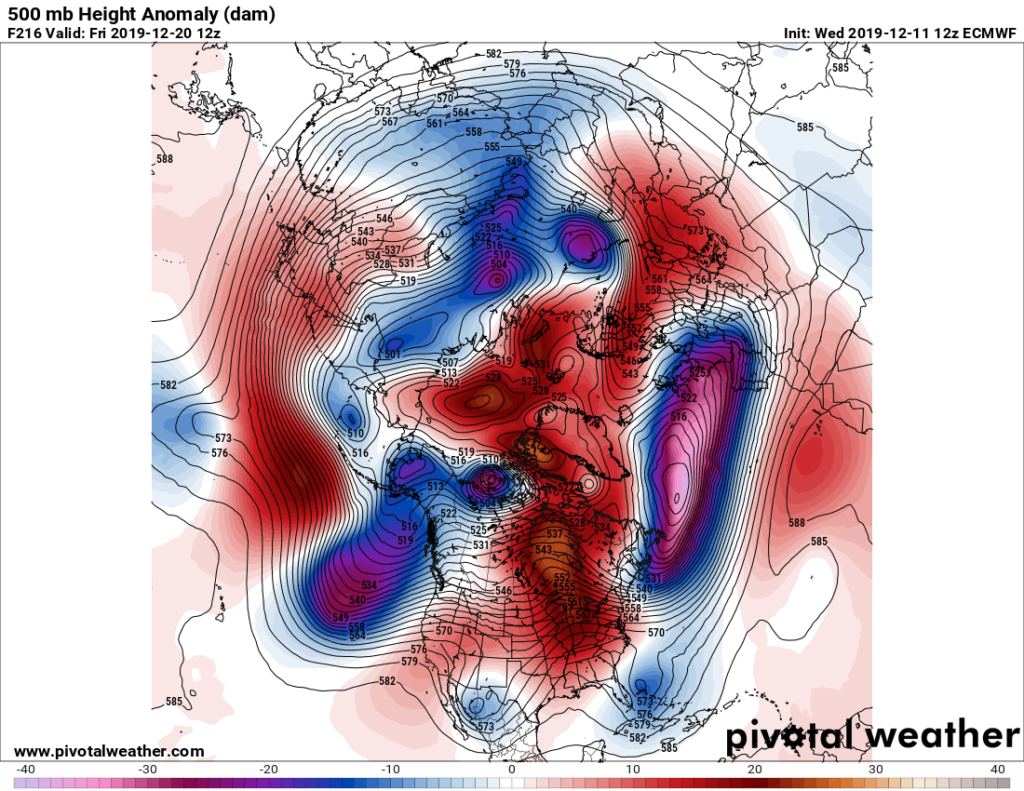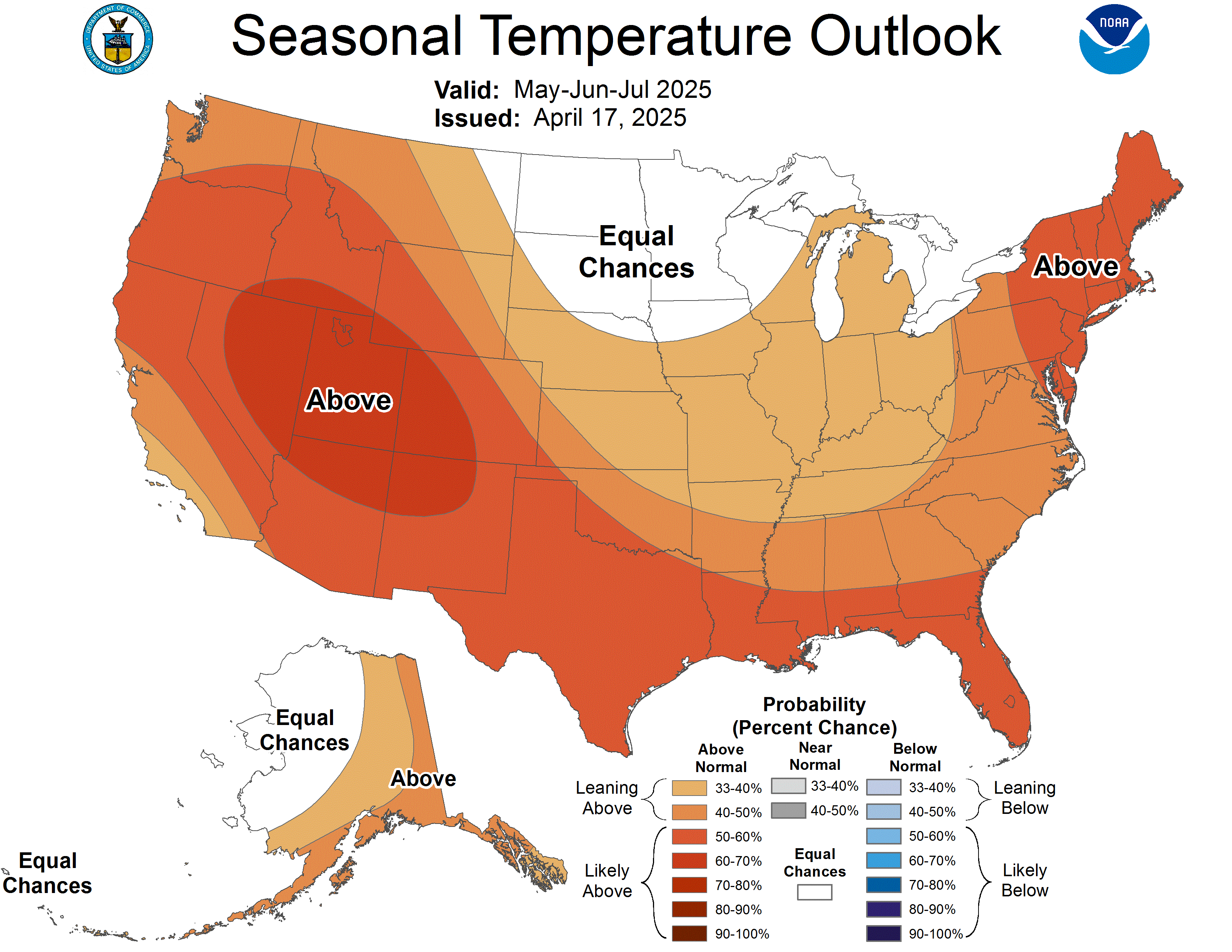Wednesday December 11th… Dear Diary. The main purpose of this ongoing blog will be to track United States extreme or record temperatures related to climate change. Any reports I see of ETs will be listed below the main topic of the day. I’ll refer to extreme or record temperatures as ETs (not extraterrestrials).😉
Main Topic: U.S. Average Temperature Winter Forecast
Welcome to boreal winter everyone, or the three months that are December through February. Meteorologically and on climate summaries winter is considered to start on December 1st instead of when the solstice occurs later in the month. So how will Winter 2019/20 stack up compared to long term temperature averages across the United States? Will we continue to see the climate crisis signature of warmer than average conditions? Let’s try to make a forecast as usual at the start of a new season.
So how did the forecast work out for Fall 2019? Here is the post for that forecast:
Last week the National Center for Environmental Information completed their assessment Fall 2019, so let’s fill in their ranking numbers with 1 being the coldest and 125 warmest for a verification:


The fall started out at near record warm levels across the CONUS but got progressively colder in association with temperature averages.
An Arctic outbreak in early October put an end to a historic September heat wave accounting for the big swing from 124 to 16 for the rankings of those two months.
Overall this fall turned out to be above average, but not as hot as in recent falls this decade looking at the ranking of 74 from 2019. My forecast of a ranking of 110 + or -10 was way too warm.
Why? Because the atmosphere can still get very chilly across North America, sometimes ushering in record cold air masses. Yes, we do still see cold patterns bucking the overall warming trend due to carbon pollution. Still, averages got ranked slightly above the medium range of 62.5.
O.k. Now that we have established that our forecast was half decent for the last season let’s use the same techniques to forecast temperature rankings for this winter, keeping in mind some cold monkey wrenches that the atmosphere can still throw at forecasters despite our warming world.
First, let’s look at current water temperatures anomalies surrounding North America:

Once more North America is surrounded by warmer than average water, but anomalies are not as warm as at the start of fall. Overall I would expect this to be a warm seasonal factor going into winter.
In the Pacific we also don’t have an El Nino or a La Nino with ENSO in neutral phase. ENSO should not be a factor for warmth or chill in the U.S. this winter.
Second, I like to look at the strength of the Hudson Bay low or polar vortex at the start of any season:

From October going through the first week of December we have seen a healthy, cold Hudson Bay Vortex ushering in polar air at times into the CONUS. Medium range models suggest that we will be moving into a warmer pattern by the end of this month, though. Here is just one example from the European Model:

Looking at trends of how volatile and unstable the Hudson Bay Vortex has been, I would write that it will be a neutral factor. We may see more mild periods than usual this winter followed by a few sharp turns towards cold weather when at times the vortex reforms.
Here is the National Weather Service forecast for Winter 2019/20, which I agree with:

So far so good through 12/11. Temperatures have been above average if not record breaking in Alaska and just above average everywhere else except the Rockies, central and northern Plains, and Midwest.
As we have seen though, a hot September can sometimes lead to a very cold October, so the NWS “best guess” forecast may not work out during winter.
Overall, Winter 2019 will probably verify above average looking at trends from the rest of the planet.
Last, we can get another clue looking at prior ranking and temperature record count data. For this I like to drag out that “Record Scoreboard” (updated through 12/11/2019):

Again here we see clues that fall started out hot in September but got very cold in October and November. October and November are colored “blue” because the ratios of daily high max to low min records are below one to one. September 2019 is colored “red” because the ratio of daily high max to min records is well above one to one for that month.
December has started out neutral or “black” without that many record reports coming into the National Center for Environmental Information system.
I expect this warming trend to continue through January then level off in February. December may be the coolest of the three months, relative average temperature wise, but all three months of winter should see an above average ranking of more than 62. (And yes I was wrong concerning October and November for last season.)
Not all seasons in the near future will see above average temperatures, but seasonal forecasters are beginning to”chuck it,” discounting colder than average scenarios due to carbon pollution.
Again, here are all seasons ranked for this decade:

Fall 2019 was the last season for the 2010s, so we have a complete picture for this decade.
Here is my bottom line forecast for Winter 2019/20:
“I think that this winter will be ranked below that of the last four. Carbon pollution is definitely making below average seasons more rare. I’m going to guess that the winter of 2019/20 ranking will be around 80 + or – 20, with less than average confidence given all of the factors in this post.” (Note that my forecast was on the too warm side by 26 ranking numbers for this fall.)
Notice that the past four winters had a ranking at or above 87, but that of 2018/19 was the coldest relative to averages. The big El Nino of 2015/16 really spiked global temperatures as well as those for the U.S. From Fall 2018 through most of 2019 U.S. averages have gotten considerably lower than the torrid levels of 2016, though. Will increased global heat once again be a catalyst, helping to produce another “heat spell” or two during the middle of the winter for the United States? We will see.
As of 2019 the top ranking for any month or season would be 125 since climatological rankings for the United States started in the year 1895. I think that this winter will be ranked at least as high as 80. Carbon pollution is definitely making below average seasons more rare. As stated, I’m going to guess that the winter of 2019 ranking will be around 80 + or – 20, but with below average confidence given all of the factors in this post.
We will see how this forecast pans out around March 1st.
Here is more climate and weather news from Wednesday:
(As usual, this will be a fluid post in which more information gets added during the day as it crosses my radar, crediting all who have put it on-line. Items will be archived on this site for posterity. In most instances click on the pictures of each tweet to see each article.)
(If you like these posts and my work please contribute via the PayPal widget, which has recently been added to this site. Thanks in advance for any support.)
Guy Walton- “The Climate Guy”